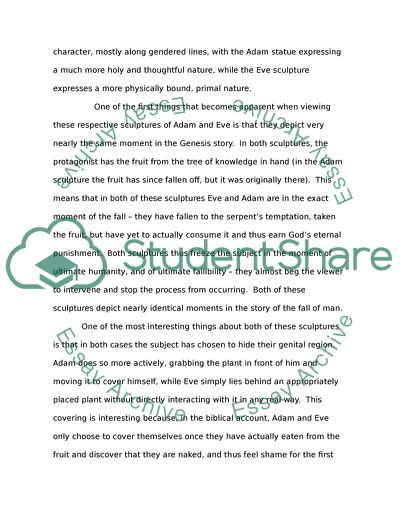Cite this document
(Adam and Eve as Commonly Used Motifs in Medieval Art and Architecture Essay Example | Topics and Well Written Essays - 1750 words, n.d.)
Adam and Eve as Commonly Used Motifs in Medieval Art and Architecture Essay Example | Topics and Well Written Essays - 1750 words. https://studentshare.org/visual-arts-film-studies/1760483-compare-contrast-analysis
Adam and Eve as Commonly Used Motifs in Medieval Art and Architecture Essay Example | Topics and Well Written Essays - 1750 words. https://studentshare.org/visual-arts-film-studies/1760483-compare-contrast-analysis
(Adam and Eve As Commonly Used Motifs in Medieval Art and Architecture Essay Example | Topics and Well Written Essays - 1750 Words)
Adam and Eve As Commonly Used Motifs in Medieval Art and Architecture Essay Example | Topics and Well Written Essays - 1750 Words. https://studentshare.org/visual-arts-film-studies/1760483-compare-contrast-analysis.
Adam and Eve As Commonly Used Motifs in Medieval Art and Architecture Essay Example | Topics and Well Written Essays - 1750 Words. https://studentshare.org/visual-arts-film-studies/1760483-compare-contrast-analysis.
“Adam and Eve As Commonly Used Motifs in Medieval Art and Architecture Essay Example | Topics and Well Written Essays - 1750 Words”. https://studentshare.org/visual-arts-film-studies/1760483-compare-contrast-analysis.


